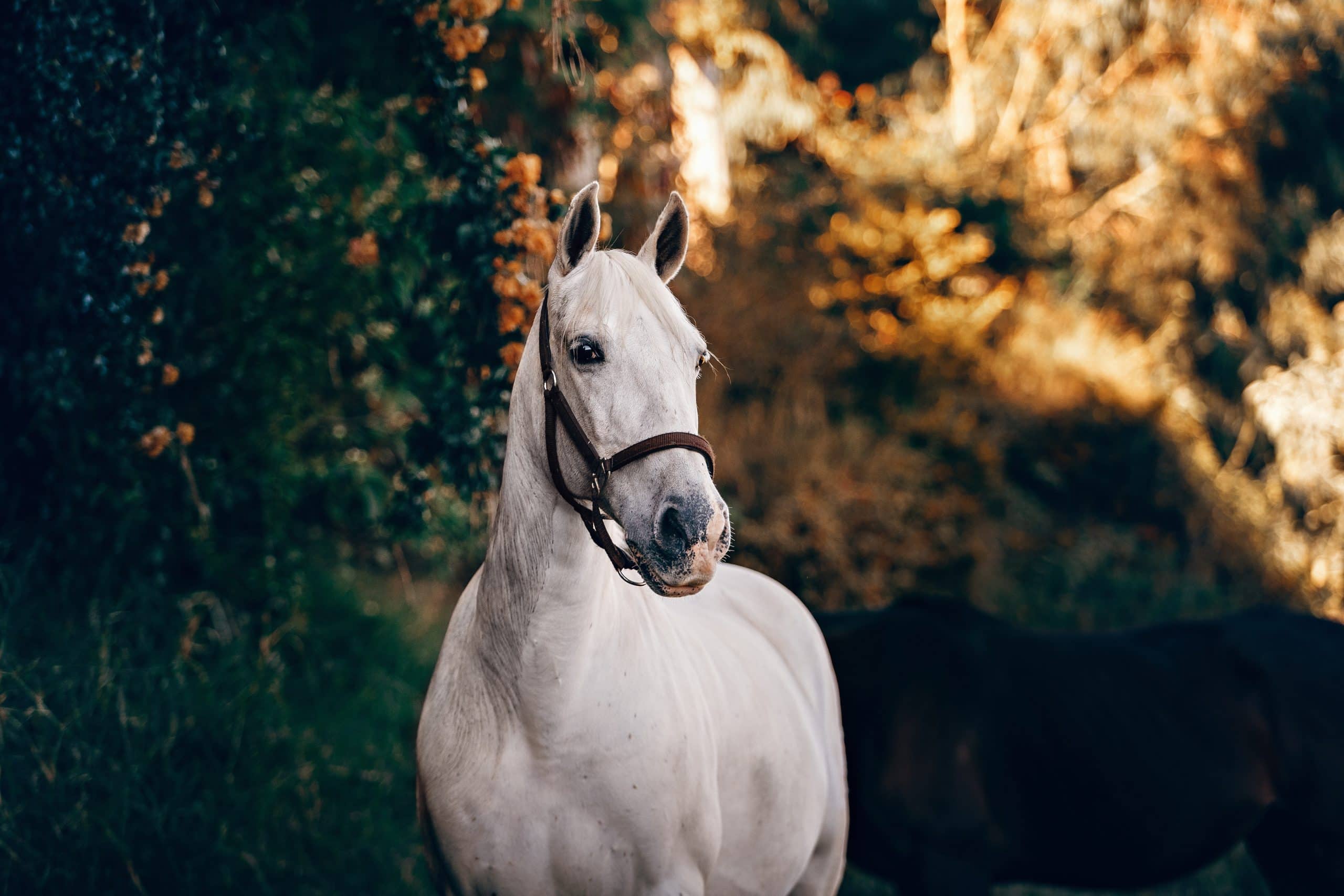Mild cases of colic in horses are easily treatable. There is no worse feeling than seeing a beloved animal suffer. We feel horrible when a horse becomes colicky, unable to remove the pain or explain to our animal what is happening. Knowledge is the best aid we have in which to help a colicky horse. Understanding colic helps you make the right decisions and get help when your horse starts exhibiting symptoms.
What is colic and how is it diagnosed?
The term “colic” covers a wide variety of issues, but it generally refers to abdominal pain. Most owners realize their horse is colicky by the way he or she acts. Horses with gut pain commonly paw at the ground with a front foot or repeatedly raise or kick with a rear one. They’ll also try to diffuse the pain by kicking or biting at the abdomen, lying down, or rolling or thrashing on the ground. Psychological symptoms include depression and a loss of appetite.
The Merck Veterinary Manual describes how to properly diagnose a colicky horse. A veterinarian performs a comprehensive examination, taking past medical history into account, and determines the source and cause of the condition. Colic usually results from a stretched, tense, twisted or inflamed intestine or intestinal blockage.
“Lacking water for as little as one hour increases the risk of colic.”
Preventing and treating colic in your horse
Equines should always have access to fresh, clean water. According to the University of Minnesota, lacking water for as little as one hour increases the risk of colic. The risk grows higher as horses get older.
In addition, horses should have access to large pastures for turnout. Maintain a healthy diet for your horse and avoid placing feed on sandy ground. The horses might accidentally ingest enough sand to irritate or block their intestines. Keep grain, corn and pellet feeds to a minimum and choose hay whenever possible. The former types increase the risk of colic by up to 70 percent per additional pound of feed.
Have your horse’s teeth floated regularly – the university recommends a frequency of every six months. Proper dental care allows your horse to chew food into easily digestible pieces.
If your horse does have colic, there are a few preliminary steps you can take before your veterinarian arrives that will help him or her diagnose how severe the condition is. Start by checking your horse’s temperature, breathing and heart rate. If you can, also check the color of the mucous membranes along the horse’s gum line, the horse’s capillary refill time and listen to his gut sounds.
It is not clear if walking a colicky horse reduces the severity of the condition, but it can help relieve pain and promote a bowel movement while the two of you wait. Keep in mind that walking can acerbate conditions that appear similar to colic, so only walk your horse if it feels comfortable for him or her.
Most colicky horses respond well to walking, laxatives or analgesics. Your horse might be dehydrated and need water and equine electrolytes. If the colic is severe, your vet might recommend a visit to a hospital and possibly surgery.
Understanding colic is the first step toward treatment and prevention. Only a veterinarian can make a proper diagnosis, but you can take steps to keep your horse healthy and alleviate the pain.








